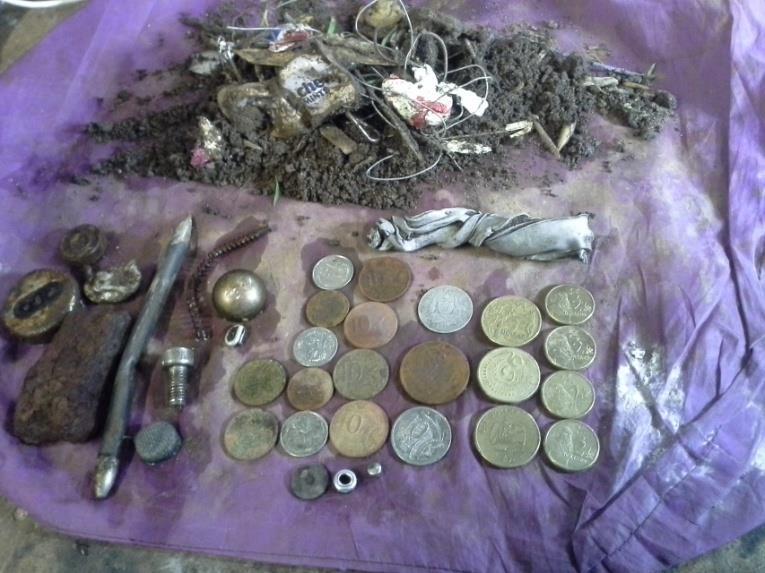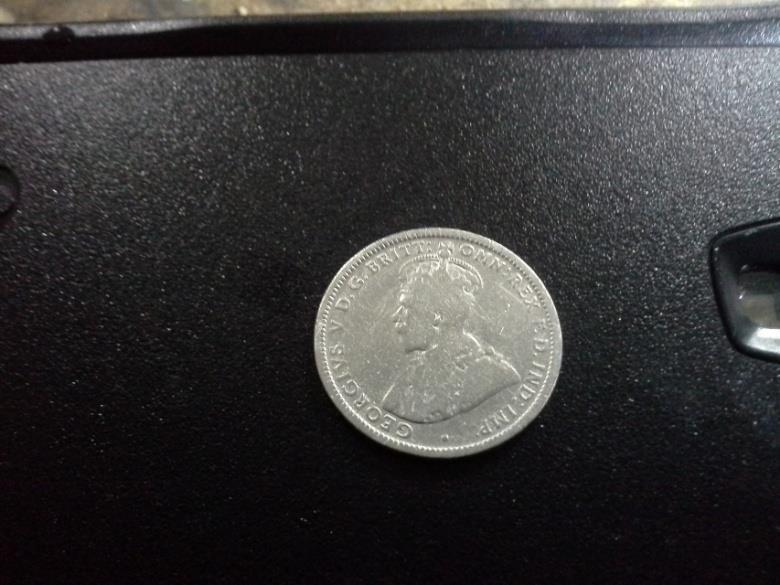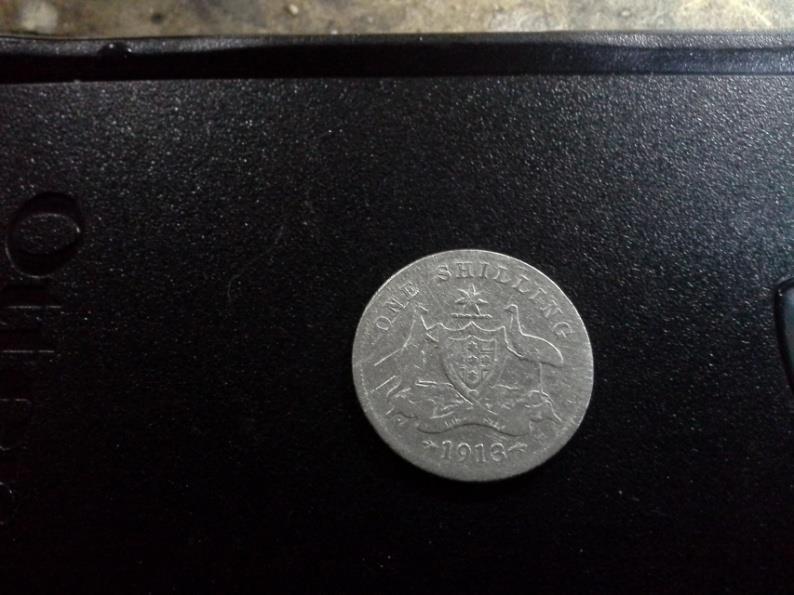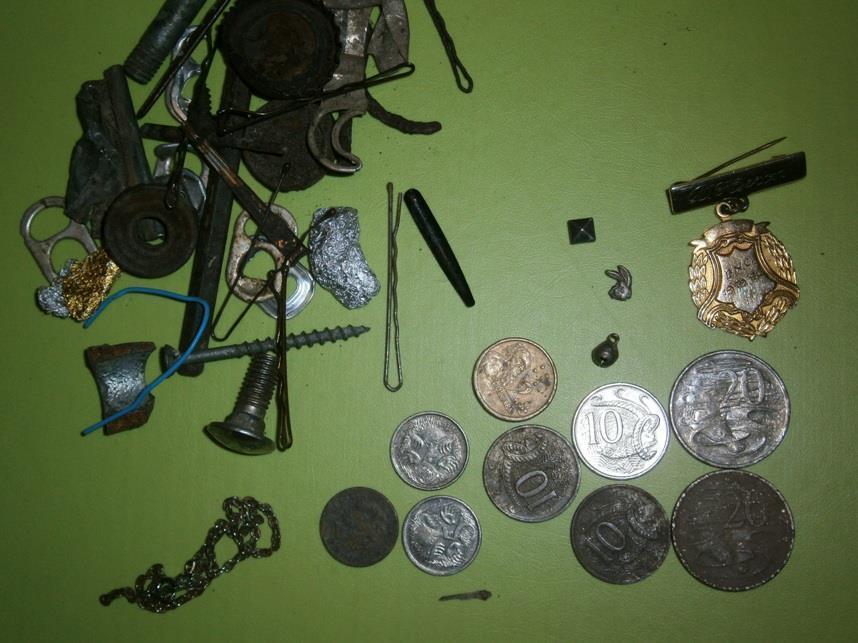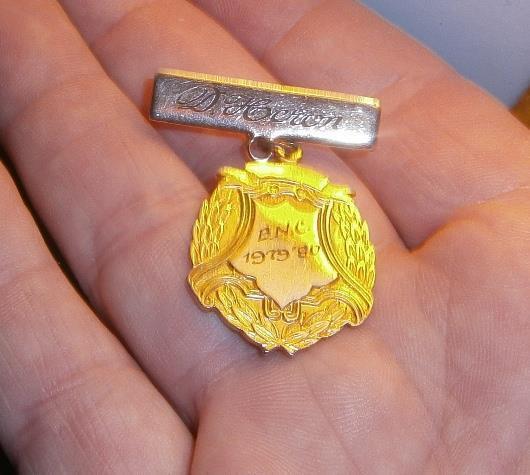That's fine a TTKooau, I have done a few other skate parks in the past, and there always seems to be a few coins dropped in front of the actual ramp/s, so it's a good spot to concentrate on. Essentially any spot where there is constant activity is a good spot to have a scan over, places like around the outer edges of ovals where people park up or stand to watch footy are always good. You don't need to dig holes here, just use a probe or screwdriver to pry the coins out, as they will usually be quite shallow, plus minimal disturbance to the ground.
Probably the best advice I can give on the Ace is to totally ignore what is on the screen - both target and depth indicator, and use your ears to detect with. That is how I generally run, and it does take time to learn, but you will be more successful by doing so. Coming from using the older vlf gold detectors, you have no choice but to rely on your hearing to learn signal responses from various targets, with no onboard discrimination other than a basic iron indicator. Silver, who also runs an Ace 250, can probably concur with using the Ace in the same fashion.
I also really appreciate the comments guys, regardless of whether they are constructive critisism, or just following the thread out of interest.

I'd love to get out to have a detect, but the weather here is crap at the moment - sitting in front of a warm cosy fire sounds very appealing.

At the moment I currently carry around both the Ace for a quick clean up of any play grounds that take my fancy, as it is always nice to go home with a few $$ in the pocket, and also the Explorer to detect around grassed areas for deeper targets. So far I have found the Explorer 11" Pro coil a bit of a handful in some of the more recently visited area, simply due to the sheer amount of junk targets sitting in the ground. So I will try and run the Coiltek Joey coil more often to get better target separation, and hopefully pick out some of the more conductive targets. There is always the temptation to run the larger coil for max depth, but not much point if you cannot accurately identify a good target.
Whilst It seems that it is generally recommmended to run the Explorer with an open discrimination pattern, and running in all metal with minimal iron masking, it can be pretty intimidating in junky ground with information overload. I am most likely running the gain/sensitivity too high and am picking up too many small junk targets, hence masking out any deeper ones. Lots to learn on this detector, and hopefully I can get up to the same level as the Bogan crew with some persistence and experience.
As Paulmarr mentioned, getting through the modern layer of junk to the underlying older finds is the key to being more successful on these multi-frequency detectors. Picking out good targets that read at the bottom of the depth meter sounds like something to concentrate on, as the vdi numbers can be misleading at times, as with many detectors.







